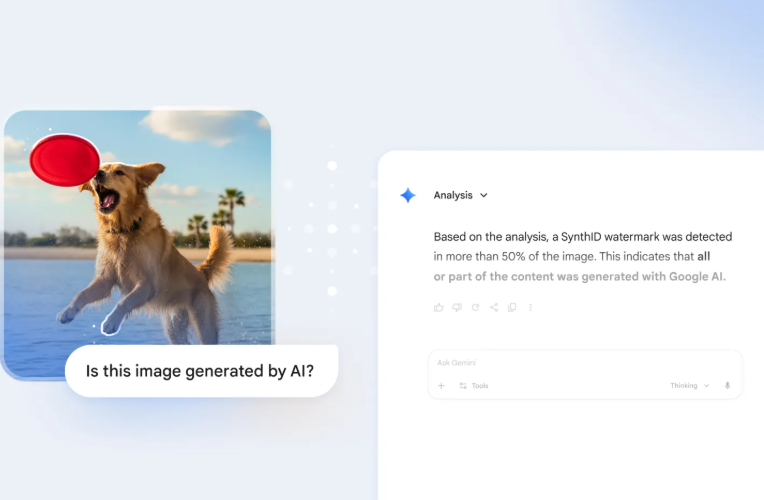As artificial intelligence technology continues to develop rapidly, its environmental costs have begun to attract attention in the industry. Recently, Mistral AI, a well-known European AI startup, released a detailed environmental impact assessment report, which for the first time comprehensively disclosed the real environmental cost of its flagship model, Mistral Large2, throughout its entire lifecycle. This move is rare in the AI industry.
The report was completed by Mistral AI in collaboration with the corporate ESG consulting company Carbone4 and the French agency ADEME. It used strict scientific evaluation methods to accurately calculate greenhouse gas emissions and water consumption throughout the entire process of model training and inference.
The data in the report is shocking. The carbon dioxide emissions generated during the training phase of Mistral Large2 reached 204,000 tons, equivalent to the annual carbon emissions of a medium-sized city with hundreds of thousands of residents. At the same time, the model's training process consumed approximately 281,000 tons of water, mainly used for cooling systems in data centers.

From a daily usage perspective, the environmental cost is also not to be ignored. When users use Mistral Large2 to perform a standard text generation task, such as outputting about 400 Token content (equivalent to one page of text), the system produces 1.14 grams of carbon dioxide emissions and consumes 45 milliliters of water. Although the environmental impact of a single use seems minimal, considering the widespread application and frequent use of AI models, the cumulative effect will be significant.
One of the most valuable findings in the report is the direct relationship between model size and environmental impact. The research shows that when producing the same amount of inference output, the environmental impact of different AI models is significantly proportional to their parameter size. This finding points the way for sustainable development in the AI industry: developing smaller, specialized AI models can not only reduce computing costs but more importantly, significantly reduce environmental burdens.

The release of this report comes at a crucial time. Currently, the global AI industry is in a period of rapid expansion, with major tech companies competing to launch larger-scale models and pursue stronger performance. However, Mistral's research results remind the industry that while pursuing technological breakthroughs, it is essential to seriously consider issues of environmental sustainability.
From the perspective of industry trends, this kind of transparent environmental impact disclosure may become a new standard for AI companies. With the increasing global attention on climate change and the increasingly stringent regulations on corporate carbon emissions by governments around the world, AI companies proactively disclosing environmental data not only demonstrates social responsibility but also helps establish a more sustainable business model.
For the entire technology industry, Mistral's initiative has important exemplary significance. It not only provides other AI companies with a reference framework for environmental impact assessments, but more importantly, it opens up a deep discussion on the balanced development of AI technology and environmental protection. In today's era of increasing AI technology adoption, how to minimize environmental impact while promoting technological innovation has become an important issue that the entire industry must face.










